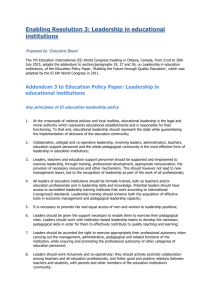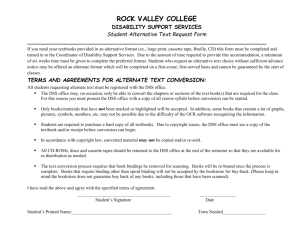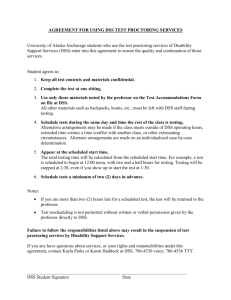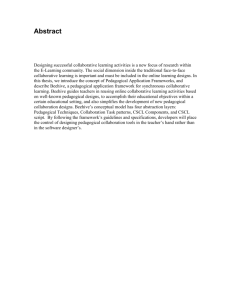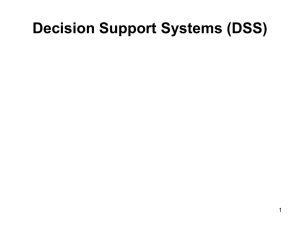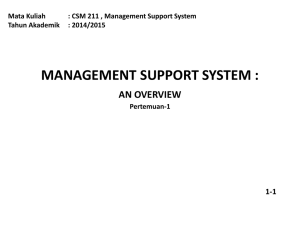Ayati, Decision Support Systems (DSS), The Core Component of
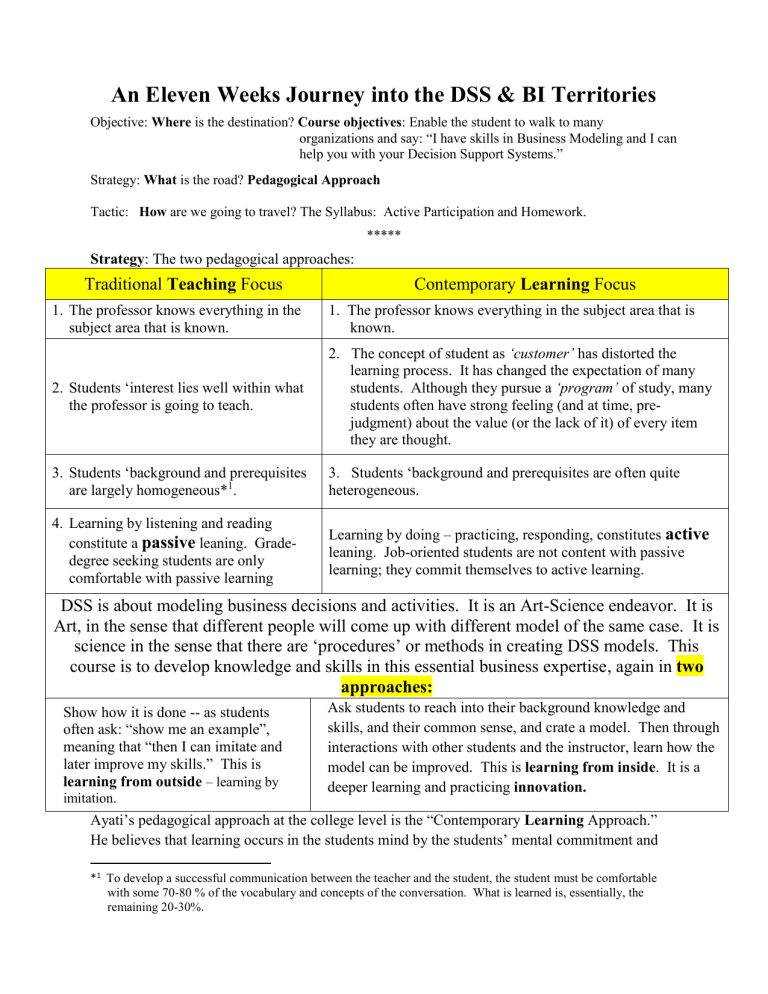
An Eleven Weeks Journey into the DSS & BI Territories
Objective: Where is the destination? Course objectives : Enable the student to walk to many organizations and say: “I have skills in Business Modeling and I can help you with your Decision Support Systems.”
Strategy: What is the road? Pedagogical Approach
Tactic: How are we going to travel? The Syllabus: Active Participation and Homework.
*****
Strategy : The two pedagogical approaches:
Traditional Teaching Focus
1.
The professor knows everything in the subject area that is known.
2.
Students ‘interest lies well within what the professor is going to teach.
Contemporary Learning Focus
1. The professor knows everything in the subject area that is known.
2. The concept of student as
‘customer’
has distorted the learning process. It has changed the expectation of many students. Although they pursue a
‘program’
of study, many students often have strong feeling (and at time, prejudgment) about the value (or the lack of it) of every item they are thought.
3.
Students ‘background and prerequisites are largely homogeneous*
1
.
3. Students ‘background and prerequisites are often quite heterogeneous.
4.
Learning by listening and reading constitute a passive leaning. Gradedegree seeking students are only comfortable with passive learning
Learning by doing – practicing, responding, constitutes active leaning. Job-oriented students are not content with passive learning; they commit themselves to active learning.
DSS is about modeling business decisions and activities. It is an Art-Science endeavor. It is
Art, in the sense that different people will come up with different model of the same case. It is science in the sense that there are ‘procedures’ or methods in creating DSS models. This course is to develop knowledge and skills in this essential business expertise, again in two approaches:
Show how it is done -- as students often ask: “show me an example”, meaning that “then I can imitate and later improve my skills.” This is learning from outside – learning by imitation.
Ask students to reach into their background knowledge and skills, and their common sense, and crate a model. Then through interactions with other students and the instructor, learn how the model can be improved. This is deeper learning and practicing learning from inside
innovation.
. It is a
Ayati’s pedagogical approach at the college level is the “Contemporary Learning Approach.”
He believes that learning occurs in the students mind by the students’ mental commitment and
* 1 To develop a successful communication between the teacher and the student, the student must be comfortable with some 70-80 % of the vocabulary and concepts of the conversation. What is learned is, essentially, the remaining 20-30%.
effort. The role of the professor, as he sees, is to support student’s trial and error correction efforts. College, in his view is to make students independent learners – helping them to fly away from the nest.
***
Tactic: This is a university course in theory and practices of
DSS, not a course in MS-Excel. Yet, we use Excel practices to move from practice to concept and vice-versa. Deeper and usable education must move concepts to practices and practices to concepts in an evolutionary cycle. This, however, raises another pedagogical issue: Practice first, leading to concepts or concept first to guide practices?
In short:
Concept first
Practice next
Learning from outside
(shallow learning)
-
Learning from inside
(Deeper learning)
Practice first
Concept next -
-
Ayati’s pedagogical
Preference
Are you ready for the journey?
DSS for Business Intelligence: Thinking and Modeling as a Team:
In this first lesson, we will start with something that you have enough background: I would like to ask you to define a realistic and relatively conservative financial scenario for a typical ‘soon to be graduated’ student like yourself. The planning horizon is from now until retirement.
Thus, reach to your background knowledge and skills, and your common sense, and start creating the model. Perfection is not the objective,
initiation is
.
Send your rough model that you create in the expanse of this hour, as attachments to an email to mayati@calstatela.edu
:
Subject line: Your LastName, First, 487 or 527, Personal Financial Plan , v1
Attached File Name: Your LastName, First, 487 or 527, Personal Financial Plan , v1
Question: What lesson did you find
implicit
in the above discussion?

